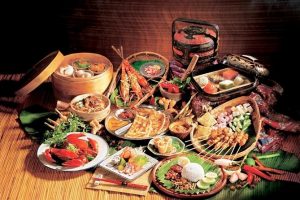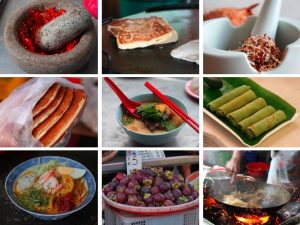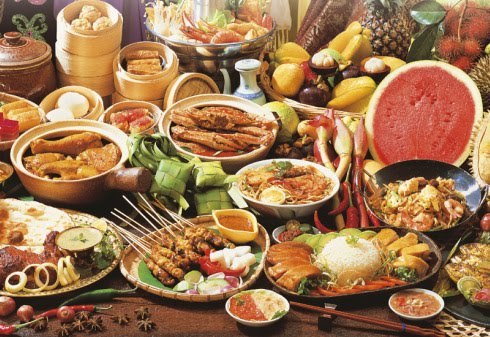I always believed that to travel a country, the best way is through its cuisine, and during my travels, I have met a lot of people who introduced me to their heritage, which is their
I always believed that to travel a country, the best way is through its cuisine, and during my travels, I have met a lot of people who introduced me to their heritage, which is their cuisine. Each one had something different that made them unique and delicious and more undoubtedly worth remembering. One such cuisine is the Malaysian heritage that happened to be divided among three major ethnic groups – Malays, Chinese, and Indians. These cultures joined together to create a cuisine that reflects the beauty of a multi-ethnic belonging. Though there is a huge influence from Thai, Portuguese, Dutch, Arabian, and British cuisines, the main focus is still on the cooking from Malay, India, China, and Indonesia. In short, the Malaysian food culture is a symphony of flavors, making Malaysian cuisine highly complex and diverse in its way.

The Specialty of Malaysian Food
In different cuisines, the focus on spice is a high priority, and in Malay cooking, the correct ingredients are crucial to each dish’s success as every flavor should be felt when taking the first spoonful. One should be precise because if you don’t get it right, then the dish won’t be as authentic and genuine as it should be. According to a food blogger, one should eat and love Malaysian food to be a prerequisite gastronome. There is a holy mix of Malaysian flavors that strengthened the dish and the bond between the people.
The First Spices and Ingredients
As important as breathing is, spices are essential to make a dish worth remembering for years. One vital spice of Malaysian cuisine is the chili peppers. These are the essence of the Malaysian kitchen. It is used both fresh and dried. These chilies come in several sizes, shapes, and colors. Two of the most common chilies available are the bird’s eye chili, also known as cili padi, these are used in making sambal, and the other one is the green chili, which is more peppery in taste. These chilies are used as a condiment or garnish. Another spice is the Belacan, a type of shrimp paste in the form of block and sun-dried. This has a very pungent smell when it is in its natural way. Coconut is a quintessential feature of the Malaysian cuisine, and all part of this plant is used in this cooking. From coconut milk to coconut oil, this plant is the pride of Malaysian cuisine.

Most commonly used in Chinese cuisine, soy sauce is an essential ingredient as it contributes a pleasant salty flavor to different dishes, such as marinades, steamed dishes, and stir-fries. Soy sauce is also used as a dipping sauce. Soy sauce comes in different types – dark and light and each have the specification that makes it delicious. Kicap Manis is another type of sweetened soy sauce flavored with star anise or garlic. It is used as a seasoning for cooking.
A recurrent herb is lemongrass, which has a lemony aroma and flavor. The young, fresh stems are used in salads or pounded with other aromatic to make a rempah. It is boiled and simmered in dishes. Sometimes the leaves are used in wrapping rice, chicken, or fish for cooking, Tofu is another product that is commonly used in Malaysian cuisine. Usually used in stir-fries, these tofu bricks can be alone or as a curry with other vegetables. It is mostly found in salads (rojak), noodle soups, and stews. One popular way of serving fried Tofu is a salad with bean sprouts, shredded cucumber, and spring onions covered in a thick sweet and spicy dressing and topped with roasted ground peanuts.
Dried seafood enhances the savor of some Malaysian dishes. Dried anchovies, known as ikan bilis, are quite popular because of its crispy texture when deep-fried. It is often served as accompaniments or prepared as a sambal relish.
Other essential garnishes and seasoning are tamarinds, candlenuts (similar to macadamia nuts), Lup Cheong, a dried type of Chinese sausage made from pork meat and spices.
In the next blog, we will talk about Malaysian cuisine’s carbs and present some of the famous dishes.

